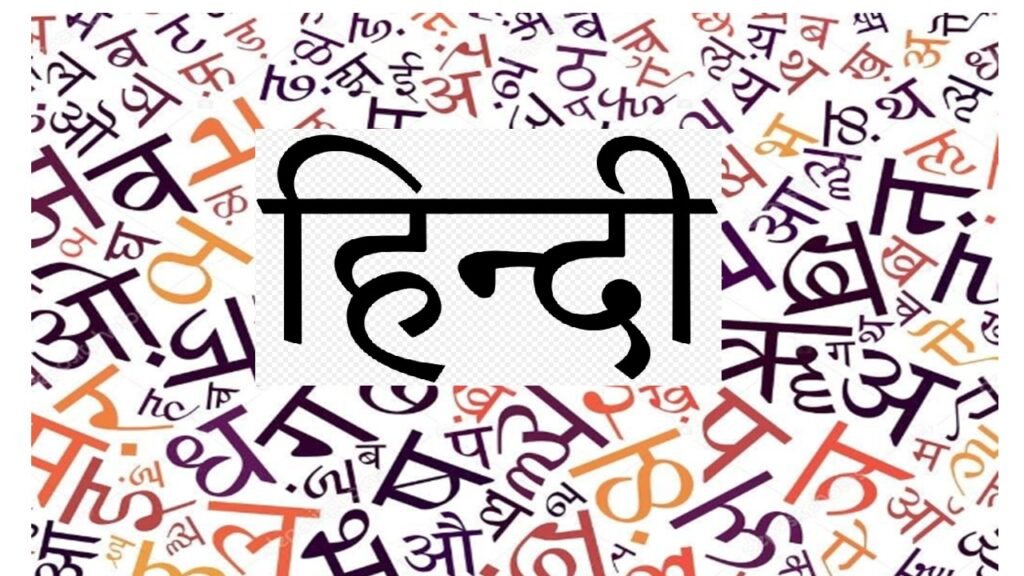Certified Hindi English Translation in Kerala – Embassy & MEA Approved
Anaisha Translation provides certified Hindi to English and English to Hindi translation services across Kerala for immigration, legal, academic, corporate, and medical documentation. Our certified translators ensure 100% accurate, legally valid translations accepted by MEA, HRD, Indian government departments, international universities, embassies, and visa centers.
Whether you need Hindi English translation for immigration, visa filing, job applications abroad, court submissions, birth or marriage certificate translation, academic transcripts, corporate agreements, medical reports, or technical documentation, we offer the most reliable certified translation service in Kerala. Soft copies are delivered instantly and sealed hard copies are courier-delivered to any district in Kerala.
Why Choose Our Certified Hindi English Translation in Kerala
Certified Hindi Linguists & Professional Translators
All translations are handled by native Hindi experts with legal, technical, academic, and corporate translation experience. Each document undergoes quality checks for accuracy and proper formatting.
100% Embassy, MEA & HRD Acceptance
Our translations meet the official standards required by MEA Apostille, HRD, universities abroad, foreign employers, consulates, courts, and visa centers. Every translation is delivered with certification and signature.
Fastest Delivery in Kerala
- Standard Delivery: 24–48 hours
- Express Delivery: 12–24 hours
- Super Express Delivery: 6–12 hours (urgent cases)
Certified PDFs are provided immediately, while hard copies are dispatched via courier.
Document Types We Translate
We translate all categories of Hindi and English documents. Below is the detailed translation table:
| Document Type | Examples | Certification |
|---|---|---|
| Legal | Court Orders, Affidavits, Agreements, Contracts, FIR | Notary + MEA + Embassy |
| Personal | Birth, Marriage, Divorce, Death Certificates, PCC | Notary + Embassy Approval |
| Educational | Degree, Diploma, Transcript, Marksheet, TC | HRD + MEA + Embassy |
| Medical | Medical Reports, Prescriptions, Clinical Notes | Hospital + Embassy |
| Technical | Engineering Docs, Manuals, Patents, Product Specs | ISO-Certified Translators |
Industries We Serve in Kerala
We support Hindi–English translation needs for individuals and industries across Kerala, including:
- Engineering & Construction
- Export–Import & Trade
- Government, Legal & Court Sectors
- Medical & Healthcare Institutions
- IT, Software & Corporate Businesses
- Students applying to foreign universities
Our team uses domain-specific terminology to ensure clarity and precision.
Security & Confidentiality
All documents are handled under strict confidentiality using encrypted systems. We follow ISO-grade security standards. NDAs can be provided for legal, corporate, and medical assignments.
Certified Hindi Translation & Legalization Process
We follow a complete and embassy-approved workflow:
| Step | Details |
|---|---|
| Step 1 – Translation | Professionally translated by certified Hindi linguists. |
| Step 2 – Certification | Includes Notary, Embassy, HRD, MEA Apostille as needed. |
| Step 3 – Attestation Workflow | Notary → State Dept → MEA → Embassy |
| Step 4 – Final Legalisation | Accepted for visas, immigration, academics, legal & business use. |
Frequently Asked Questions
Are your Hindi translations accepted by embassies and MEA?
Yes, all translations follow official guidelines and are accepted by MEA and embassies.
Do you translate Hindi to English and English to Hindi?
Yes, certified translation is available for both directions.
Do you provide urgent translation?
Yes, we offer 6–12 hour urgent delivery service.
Do you translate legal and government documents?
Yes, we translate FIR, court orders, agreements, notarized papers, and more.
Do you deliver courier copies across Kerala?
Yes, certified hard copies are courier-delivered to all Kerala districts.
Kerala Areas We Serve – Courier Only
Kochi, Thiruvananthapuram, Kozhikode, Thrissur, Palakkad, Kollam, Alappuzha, Malappuram, Kannur, Pathanamthitta, Kasaragod, Kottayam, Idukki & nearby regions.
About Our Hindi English Translation Service
Anaisha Translation is one of India’s trusted certified Hindi–English translation providers with over a decade of experience. We specialize in legally valid, accurate, and embassy-approved translations for immigration, academic, legal, technical, medical, and corporate needs. Our experts ensure reliability, confidentiality, and fast delivery.
Contact Us
Email: info@anatranslation.com
Phone: 9100392160
WhatsApp: 9100392160 (Instant Quote)

